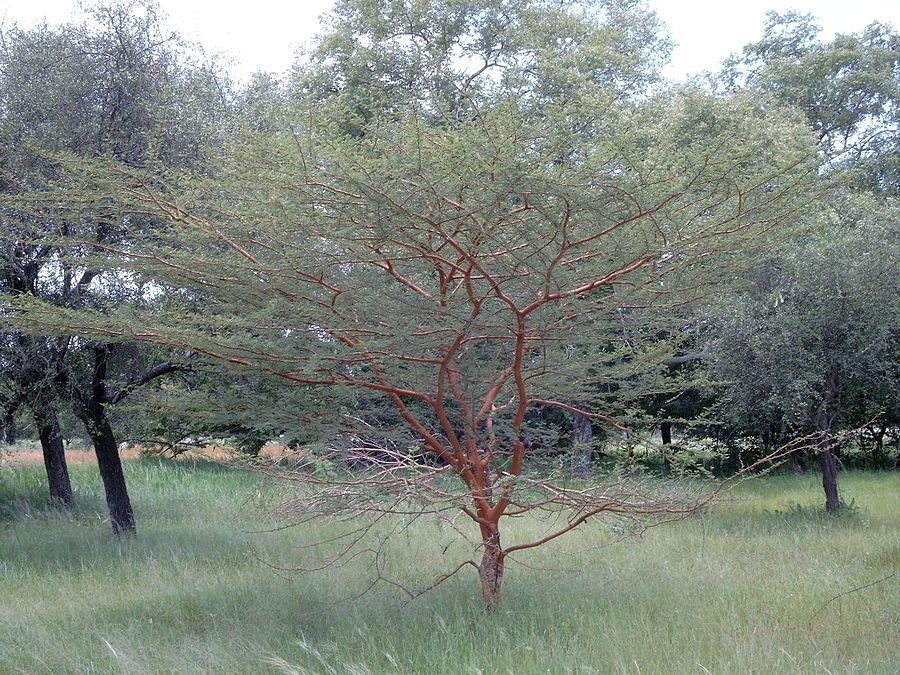Facts About Djibouti francolin
The Djibouti spurfowl, also known as the Djibouti francolin, is a critically endangered bird from the pheasant family, Phasianidae. Endemic to Djibouti in the Horn of Africa, this bird is distinguished by its grayish-brown feathers adorned with white stripes and distinct black markings on its head. It has a short tail and measures approximately 35 cm in length, weighing around 940 grams.
The Djibouti spurfowl typically inhabits high-altitude subtropical or tropical dry forests, particularly those dominated by African juniper trees. However, with the decline of these juniper forests, the bird has adapted to alternative habitats, such as box-tree forests. Currently, it is known from just two locations in Djibouti, one of which has yet to be thoroughly explored. The spurfowl's diet comprises berries, seeds, and termites, and it breeds between December and February. Unfortunately, habitat destruction due to human activities, such as overgrazing, poses a severe threat to its survival.
Taxonomically, the Djibouti spurfowl belongs to the genus Pternistis within the Phasianidae family. It was first collected in 1952 and initially described as Francolinus ochropectus. While there has been some debate regarding its status as a distinct species, it is now recognized as such. A molecular phylogenetic study has found it to be closely related to Erckel's spurfowl. The Djibouti spurfowl has no recognized subspecies and has been known by various names, including ochre-breasted francolin and Tadjoura francolin.
This bird is confined to Djibouti, residing in African juniper woodlands at elevations between 700 and 1,780 meters. It is a shy species, often hiding in dense vegetation to avoid detection. Conservation efforts are underway to restore juniper forests, conduct population surveys, and raise awareness about the bird's plight.
The Djibouti spurfowl is critically endangered, primarily due to a sharp population decline caused by habitat destruction. Overgrazing, climate change, hunting, and human disturbances are significant threats. Conservation initiatives include habitat restoration and population surveys. The bird also holds cultural significance for local communities and has even been featured on postage stamps.

 Somalia
Somalia